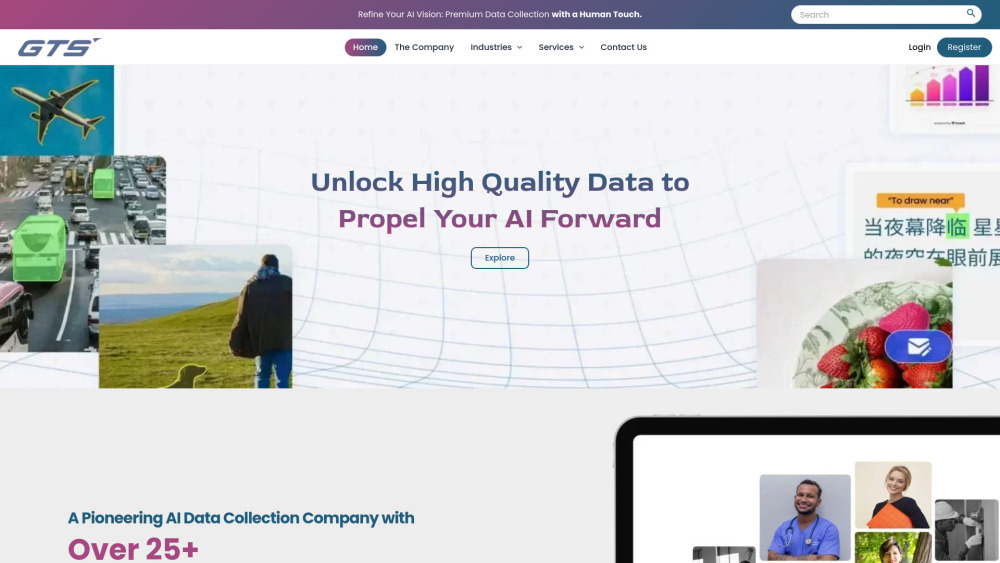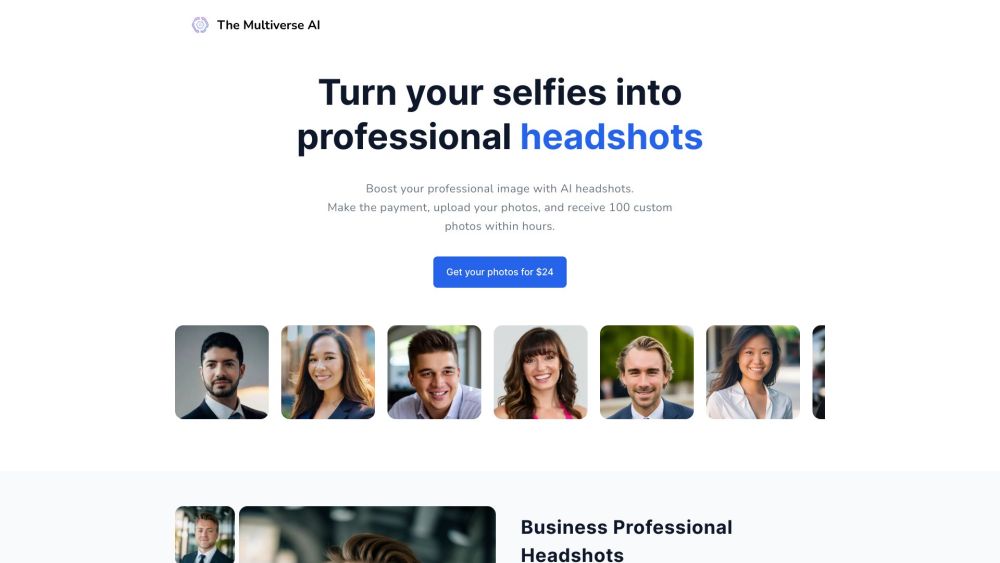Even as Google faces challenges in rolling out its AI Overviews, competitor Perplexity is rapidly advancing with a utility-driven search experience crafted from the ground up.
Today, led by Aravind Srinivas, the startup unveiled Pages—a tool designed to transform disorganized AI knowledge and research into easily shareable articles and reports.
The launch is now available to all Perplexity users. This new feature turns Perplexity into a comprehensive solution, allowing users to search for answers, explore new topics, and share their insights with minimal effort.
Perplexity asserts that Pages will empower creators across various fields, including educators, researchers, and hobbyists, by streamlining their projects.
Simplifying Knowledge Sharing
When users utilize Perplexity or similar AI-driven tools for research, they typically engage in a back-and-forth dialogue. They begin with a prompt, receive a response, and continue asking follow-up questions to deepen their understanding of the topic. Perplexity refers to these dialogues as “Threads.”
Currently, while users can share individual answer links from Threads, they cannot share entire conversations. This is because Threads, while useful for personal use, are often unstructured and not suitable for public sharing.
Pages address this issue directly.
Designed for Impact
With Pages, users can convert their Threads research into well-organized, engaging content tailored for various audiences—from beginners to experts. By simply clicking the ‘Convert to Page’ button at the top of a conversation, the tool compiles all relevant information into a visually appealing, comprehensive format.
In tests conducted by VB, the tool effectively curated articles from existing Threads in seconds. Users can also create pages from scratch by specifying the research topic, selecting the target audience, and choosing underlying models to generate a detailed article that includes a clear title, subheadings, associated visuals, and citations.
User Control and Customization
Perplexity also offers complete control over generated pages. Users can rearrange sections, modify header layouts, and create new header images using AI. On the content side, they can add new sections or edit existing ones simply by highlighting text and describing their desired changes, such as tone or detail level. Users can even convert sections into lists or tables as needed.
Limitations on Manual Edits
Despite the impressive capabilities, the tool currently lacks the option for users to manually edit the generated content. Since AI can occasionally produce inaccuracies, users may find it necessary to make adjustments for clarity or relevance.
Once users finalize the format and content, they can publish their articles to Perplexity’s open library of user-generated content for direct sharing. Although the company hasn’t disclosed the number of beta pages published, the increasing demand for AI research sharing suggests it will be widely adopted.
For instance, students and educators might create knowledge guides, travel agents could develop custom itineraries, and businesses might produce training documents to enhance employee best practices.
This development further strengthens Perplexity’s position in the AI search landscape, setting the stage for competition against GPT-4-powered Microsoft Copilot and Google’s Gemini. Previously, the startup also announced an enterprise-focused plan emphasizing privacy and security, along with partnerships with Japan’s SoftBank Corp. and Germany’s Deutsche Telekom to broaden its outreach.





